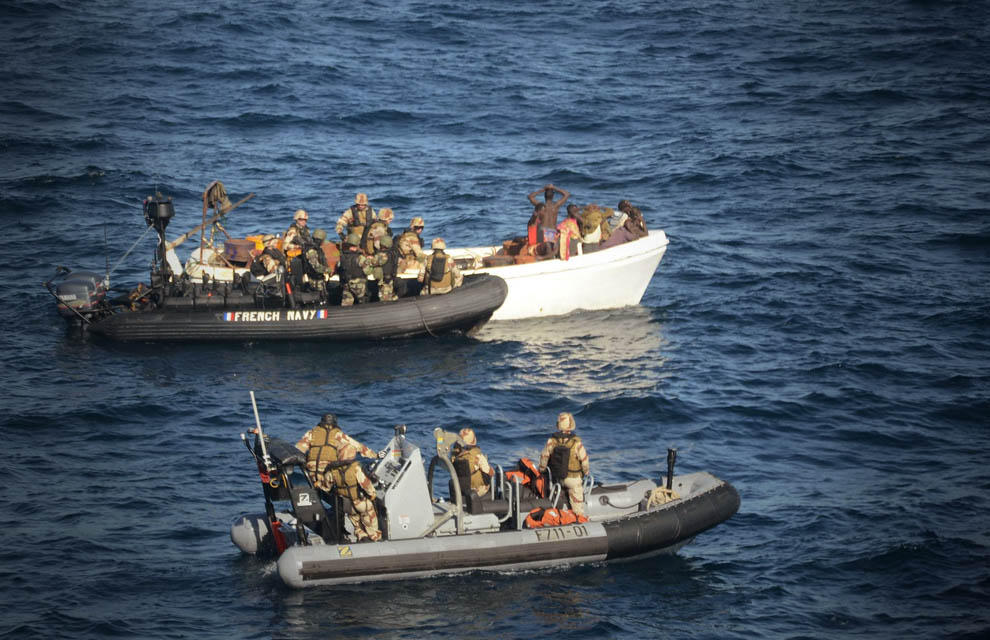Increase in piracy but not pirate efficiency (BMi)
(BRUSSELS2) Piracy figures increased significantly worldwide in 2009, according to the International Maritime Bureau of the International Chamber of Commerce (IMB), based in London. This increase reached 200% for the same period in 2008.
Somali pirates responsible for half of the acts. In total, worldwide, 306 incidents were recorded for the first nine months of 2009, compared to 293 recorded for all the year 2008. The increase in these attacks is essentially due to the activity of Somali pirates (Gulf of Aden, Red Sea, Arabian Sea, Somalia, Kenya, Seychelles and Indian Ocean): 169 incidents compared to 113 for all the year 2008. If a decrease in attacks was noted in the third quarter of 2009 (63 incidents), compared to the first and second quarters of 2009 (103 and 140 incidents respectively), it is essentially due to the monsoon, specifies the BMI. Confirmed information from the maritime specialists of Atalanta, the European anti-piracy operation.
Balance sheet by zone in figures. Worldwide, 114 ships were boarded and 34 captured, while there were 70 attempted attacks and 88 attempts with the use of weapons. A total of 661 crew members were held hostage, 12 kidnapped, 6 killed and 8 missing. Most of the catches were made by Somali pirates: 32 ships captured for the first nine months of 2009 with 533 crew members held hostage, 4 dead, 8 injured and 1 missing. The second most at-risk zone remains that off Nigeria: with 20 attacks officially recorded, mainly in connection with the oil industry. The third zone is the port of Chittagong in Bangladesh (12 attacks recorded, 10 of which were successful, compared to 9 during the same period in 2008).
Effect of anti-piracy measures. The number of successful attacks is overall down from an average of one for every 6.4 ships in 2008 to one for every nine ships in 2009. If we only look at the Somali pirates, the "capture rate" is higher (the pirates' objective being the ransom and not the theft of objects on board); but the success rate is also down, halving to 2 out of 5 (42 captures out of 113 incidents) for all the year 2008, to 1 in 5 (32 captures out of 169 incidents) for the first nine months of 2009."Warships operating off Somalia continue to play a vital role in containing the pirate threat" says the director of the BMI Captain Pottengal Mukundan. And "the security measures taken by merchant ships have also made it more difficult for pirates to seize ships". However, the attacks continue. And "the pirates seem more ready to do anything to capture the ships". Piracy has thus spread, threatening not only the Gulf of Aden and the eastern coast of Somalia but also the Red Sea, the Strait of Bab el Mandab and the east coast of Oman. (we can add to this assessment the area of the Seychelles which now seems directly threatened).
Note: I looked carefully in the report, no trace of an attack in Swedish waters or mention of the Arctic Sea being attacked by "pirates"...![]()
To download the BMi quarterly report

Comments closed.